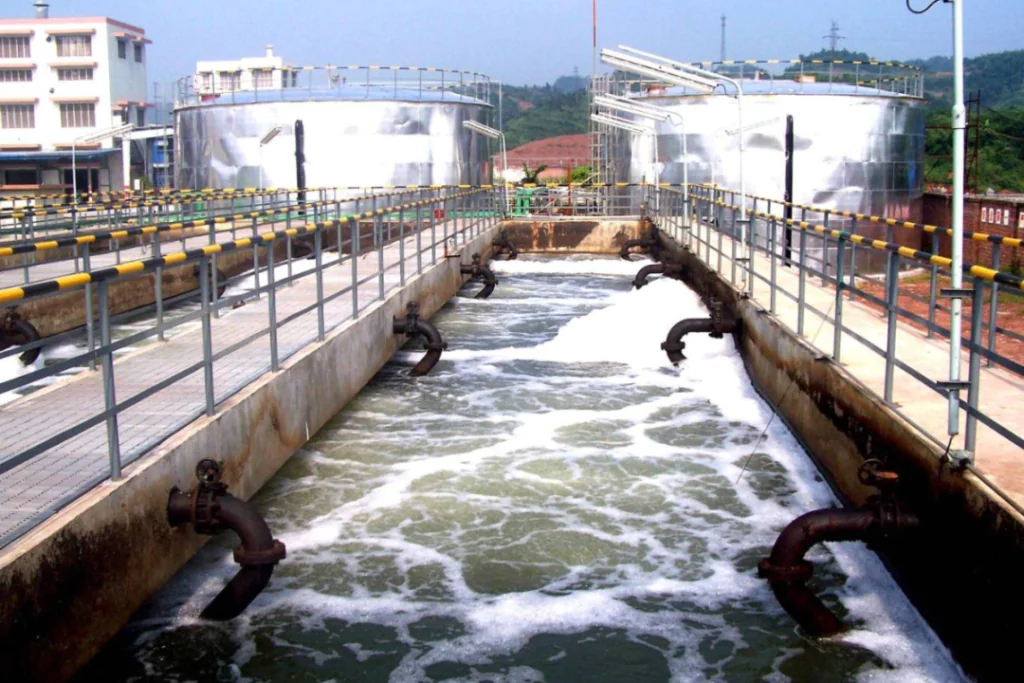In wastewater treatment, “aeration-only” (often called deep aeration or idle aeration) is a common emergency and adjustment method. It means stopping both inflow and outflow. Then keep aerating and mixing inside the tank.
This helps wake up microbes, raise sludge concentration, and lets the system recover fast.

What Is Aeration-Only?
Aeration-only means you stop feeding water in or out for a short time. Just keep air blowing. This raises dissolved oxygen (DO) in the tank, usually to 2–4 mg/L. It gives microbes plenty of oxygen and a good environment. They grow faster and get more active.
When Should You Use Aeration-Only?
✅ 1. During Startup to Build Microbes
Especially after adding new activated sludge. You need to wake up sleeping microbes. This lifts system activity.
✅ 2. During High Load or COD Shock
Stop feeding new water. Keep blowing air. This lowers the organic load and keeps the system stable.
✅ 3. After Sludge Poisoning
If sludge gets poisoned, replace some of it. Then use aeration-only to help fresh sludge grow fast. This restores sludge levels.

What to Watch During Aeration-Only?
- Control time and air volume. Usually no more than 2–3 days.
- Watch SV30, sludge color, and structure.
- Yellow-brown, tight flocs: good aeration.
- Whitish, fluffy, big volume: may be over-aerated. Lower the air.
✅ Summary
Knowing when and how to use aeration-only is key to running a wastewater system.
Done right, it helps handle load changes, wakes up microbes, and boosts efficiency!
